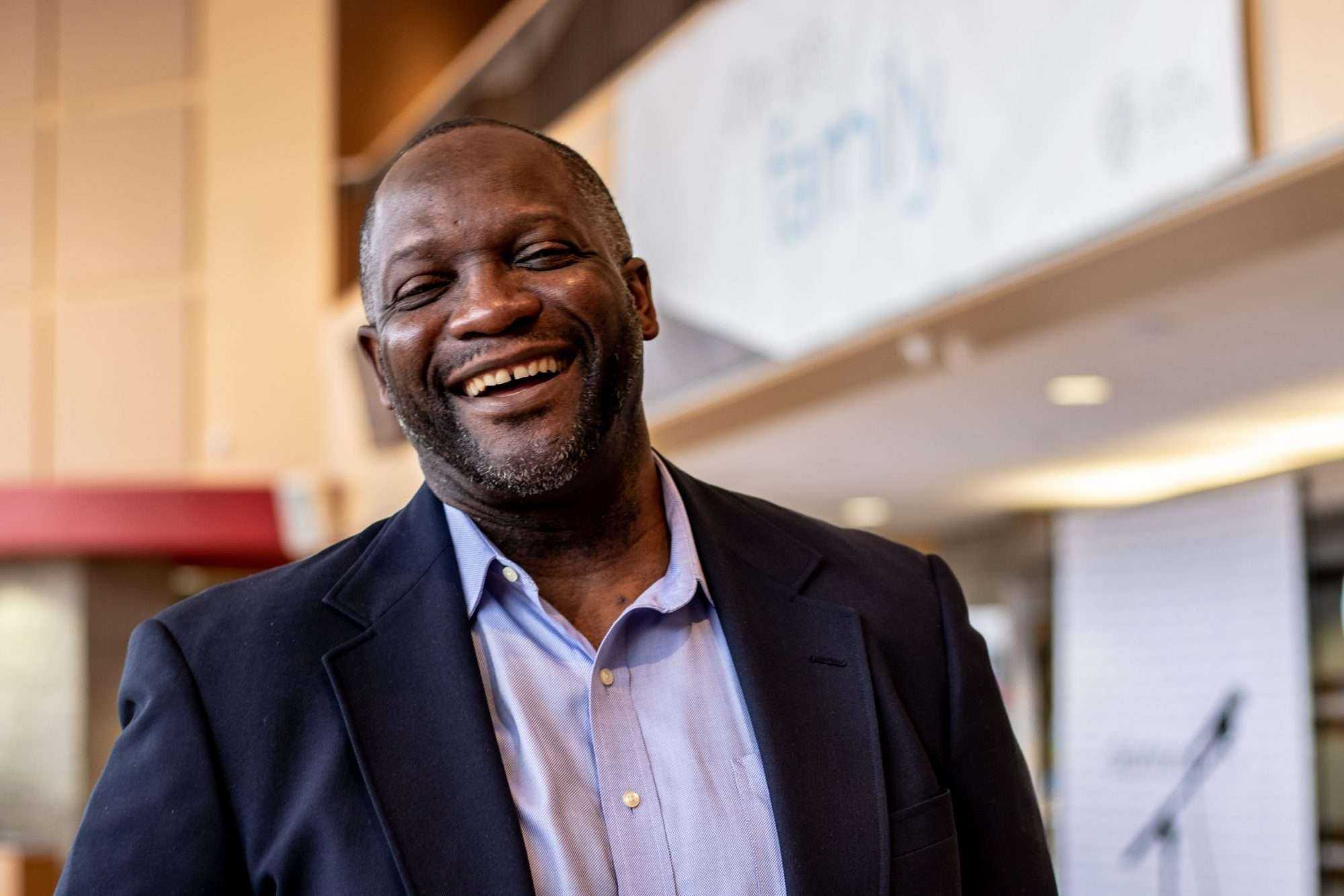on
BY SIMONE J. SMITH
“When you read these powerful stories from our history, it empowers us to act better” ~ Robert Small (Executive Director of LEGACY Enterprises)
One thing that can be said about Robert Small is that he does not mince words. When I finally got the chance to speak to Robert, he was a little frustrated because he had just dealt with an issue that had to do with his latest poster. “People get offended that you ask them to pay for the poster. There is indifference. It is almost like people don’t realize that there is value to teaching our children their history. We went on to discuss the idea of value, and the fact that people sometimes expect him to give them his posters for free. Not only can this be a slap in the face, it also can suggest that the hard work that he has put into creating these posters are not valuable.
Unless you have been living under a rock for the last 10–15 years, the name Robert Small is commonly heard around the larger Caribbean community here in Toronto. He has appeared in the Toronto Caribbean Newspaper several times before, and along with being: the Founder of African-Canadian Entrepreneurs for Success (ACES), a current board member of the Ontario National Association of Black School Educators (ONABSE), and an active member of the Caribana Arts Group, he has also been recognized as the first black Canadian artist to appear on mainstream media outlets (TSN, Much Music, CBC Radio, and Toronto Star).
Born in the city of Toronto to Bajan parents, Robert Small is one of the most acclaimed artists of our time. Art became a passion early for him, and this passion stayed with him throughout his life. This father of two graduated from the University of Windsor with a bachelor’s degree in Sociology. He also obtained a Certificate in Criminology. It was after finishing school that he returned to his first love and began selling artwork to reduce student loan debt.
In 1995, Robert created a poster honouring black Canadians that became known as “The Official Black History Month Poster.” The name of the poster was changed to “LEGACY” in 2007. Robert’s posters have not only been sponsored by community businesses they are now sold internationally. During our short discussion, Robert remembers when he used to hand out these posters individually to people in Scarborough. He knows he has come a long way, which is why I could completely understand why he was a little frustrated at the beginning of the interview. During my time with him, Robert opened up about his creative process, and why he picked this year’s theme, “When the Hero is Me!”
“History is important, it is empowering!”
What is great about talking to Robert is that not only did I learn about his process, but I got a history lesson as well. “There are people who really sacrificed a lot in order for us to have a great life,” Robert began. “This year was focused on heroic people; people who have done something in the face of adversity. Did you know that our existence in Toronto is because of 31 people?” What I found is that some historical records indicate that Canada’s immigration history is actually steeped in anti-Semitism, racism, homophobia and sexism. It took a group of very brave people to want to step up to the government and demand reforms to immigration legislation. We owe our existence to these 31 people for helping to remove barriers to individuals and groups who were once denied entry into Canada.
These are the hero’s/heroine’s that Robert wanted to honour this year. These men and women have faced danger, and combated adversity through acts of ingenuity, courage and strength. The honourees for 2020 are:
- Minnijean Brown-Trickey – A member of the Little Rock nine who helped integrate the public-school system in the United States and now a citizen of Canada.
- Kike Ojo-Thompson – This formidable woman is a well-known expert on equity. She is the founder and principal consultant of Kojo Institute.
- Tony Smith – One of the first former resident of the Nova Scotia Home for Coloured Children to speak out publicly about the historical abuses that occurred there.
- Joseph Seraphim Fortes – An outstanding figure in the early history of Vancouver, and the city’s first official lifeguard
- Yvette Hélène Yende-Ashiri – An ardent and relentless advocate for women’s rights, social justice and positive change
- Carl Nicholson – The Executive Director of the Catholic Centre for Immigrants (since 1994) and Executive Director of the Catholic Centre for Immigrants Foundation.
“I close myself off from everything. I watch fun light-hearted shows when I am creating,” Robert tells me. “I was watching programs that were heroic and deep. My choices this year included Glory, and The Flash. I began my career as a cartoon illustrator. That was my beginning. When I watch those things, I feel liberated, and it takes me back to a time when I was at the peak of my creativity.”
It was such an honouring to get a peak into the mind of the creator. My only question is, when are you drawing me Robert?
Stay in the loop with exclusive news, stories, and insights—delivered straight to your inbox. No fluff, just real content that matters. Sign up today!
We, as humans are guaranteed certain things in life: stressors, taxes, bills and death are the first thoughts that pop to mind. It is not uncommon that many people find a hard time dealing with these daily life stressors, and at times will find themselves losing control over their lives. Simone Jennifer Smith’s great passion is using the gifts that have been given to her, to help educate her clients on how to live meaningful lives. The Hear to Help Team consists of powerfully motivated individuals, who like Simone, see that there is a need in this world; a need for real connection. As the founder and Director of Hear 2 Help, Simone leads a team that goes out into the community day to day, servicing families with their educational, legal and mental health needs.Her dedication shows in her Toronto Caribbean newspaper articles, and in her role as a host on the TCN TV Network.












